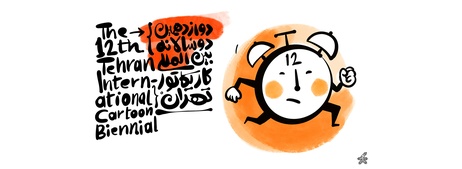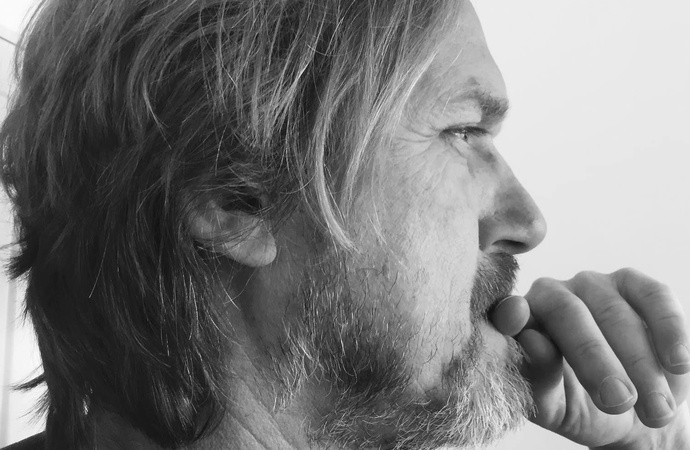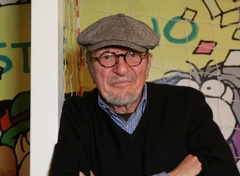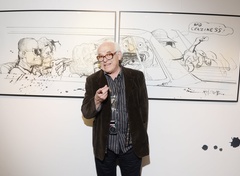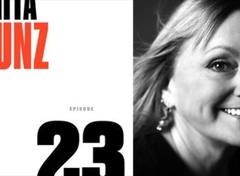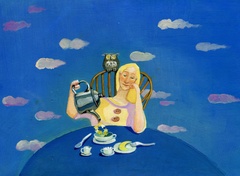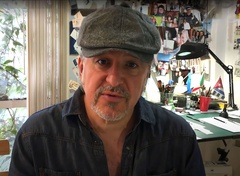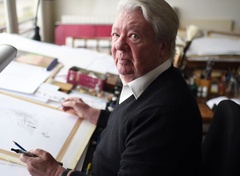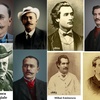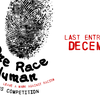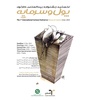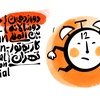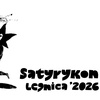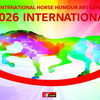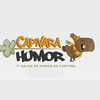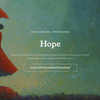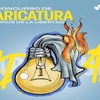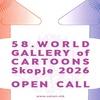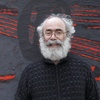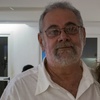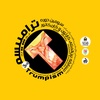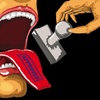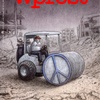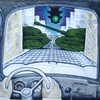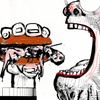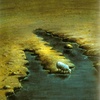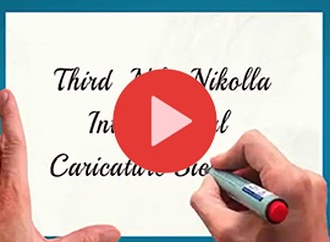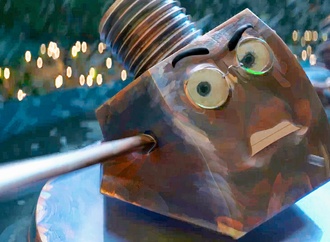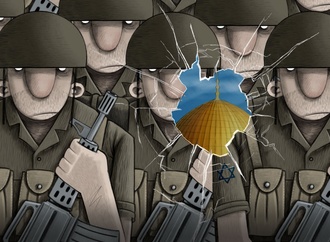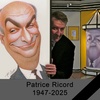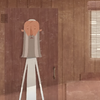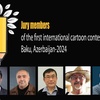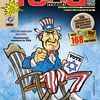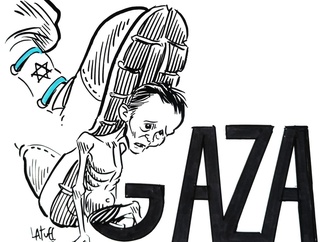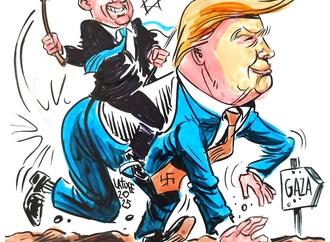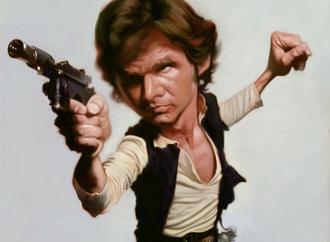"More thought than laughter"
I have the honor and pleasure to introduce you to one of the most awarded international graphic comedians: Luc Descheemaeker, better known by his pseudonym 'O-SEKOER', born in Belgium in 1955. He was kind enough to agree to share with me this "dialogue" . He appears in my "Brief Dictionary of Humor", so I had to research him and became his admirer. Since he does not speak Spanish, nor do I speak Dutch, French or German (languages spoken in his country), we decided to do it in English, through DeepL.com/Translator.
PELAYO : Has your way of doing humor changed, has it evolved from its beginnings until now?
LUC : Yes, of course, it has. Over the years the style and artistic approach have changed. Graphic development grows and personal design evolves. At the same time, the world view changes. Subjects become different ... At first, there was more "laughs" ... now there is more "thought" ...
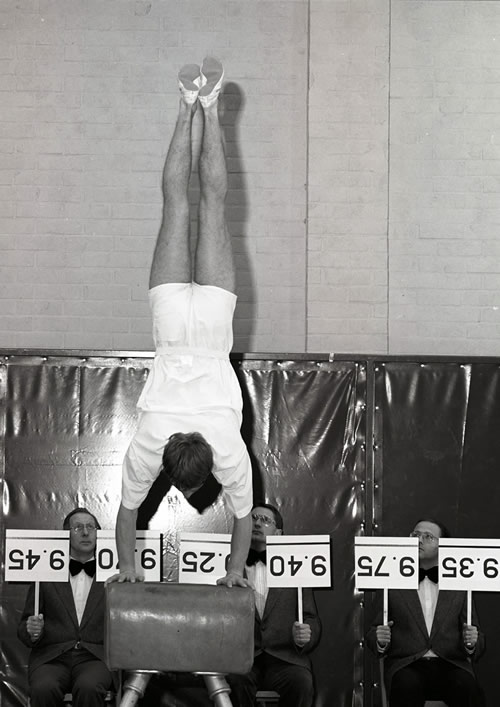
PELAYO : Sure, from laughter to smile, from smile to inner smile. Thus the quality is raised by increasing "thinking". But never abandon the comic, because it would stop being humor, right? It is my opinion and it seems that we agree. It's what quality cartoonists like you do. And speaking of graphic humor, how does the world see it in general? I mean, are there enough spaces to post? Is what is published almost always of good quality? Do you see much difference between the humor created for the contests and the rest? Is there a sufficient consumer audience?
LUC : Today the growing series of drawings made with graphic design tablets draws attention. Completely hand-drawn "ink on paper" is rarely seen again. Color has become essential and in some countries, the custom is to place the text on the cartoon through dialogue or inscription. Cartoons made for a contest easily reproduce the same interpretations of the proposed theme. But thanks to the Internet and social media, there are more opportunities to show your work to the world. This does not mean that you will always get paid for it ...

PELAYO : That is another problem. And when they finally pay, it is not enough. A question that arises as a result of all this: do we have a lot of censorship in the media and in the public of these times? A lot of self-censorship? And to use the fashionable question: what are the limits of humor?
LUC : "Sensitive" issues continue to be searched. In particular, harsh criticism of political systems is quickly thwarted by the social media. Harsh reactions and threatening language on Twitter, Instagram, and Facebook could make you think twice about posting a cartoon. How far can a cartoonist go? Different cultures have different limits and interpretations are subjective, so there is always the possibility that ideas will collide.
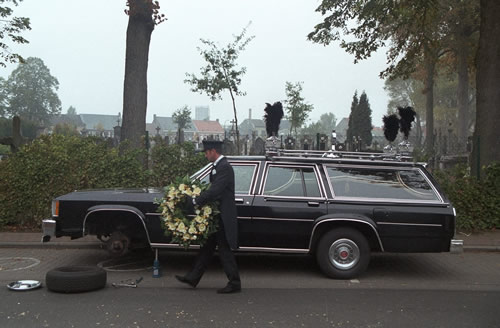
PELAYO : It's true, everyone believes they have the truth and some - even if they don't - impose their own, or at least they try. It is not easy to fight against that. Now I want to know, politically speaking, is humor left, right, both or neither?
LUC : I am open to social justice, left-wing issues color my cartoons, right-wing issues become the theme of my cartoons ... I like solidarity, volunteer work and justice.
PELAYO : Undoubtedly he has good intentions and it is obvious that we agree on solidarity and justice. Although I prefer - if I have to do satire, because I am more of a white humor -, to do that critical humor against the bad authorities, whatever their political color. But we better continue on something more "technical". Do you think that the personal caricature, the editorial vignette, the so-called caricature or caricature of humor in general, the comic strip, the comic strip, the humorous photography (and its modalities within it), etc., are forms that are contained within of "graphic humor"? Or do all or some do not fall within that concept?
LUC : Cartoons are "images of our time." Each drawing is a trace of our time and a part of the great world of graphic humor. Depending on the strength of the content, the image may continue to exist. Small, simple jokes cannot come up with a strong image that makes the viewer think, laugh, and philosophize.
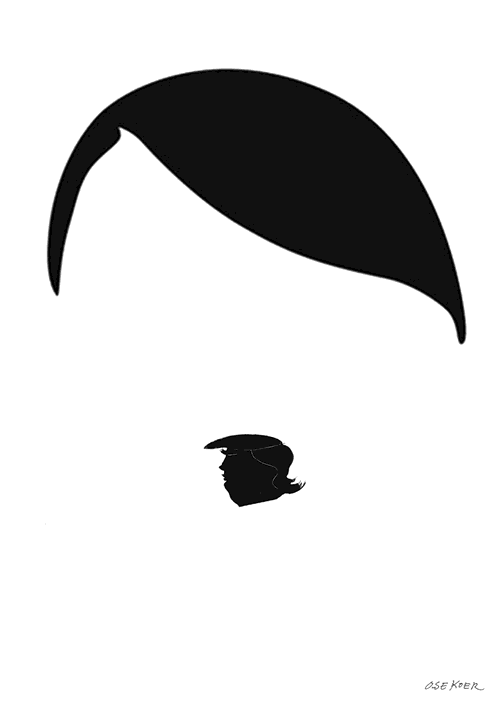
PELAYO : Yes, we've already talked about that, I think we have certain translation problems perhaps, because my question was more conceptual in form and content. But let's try again in that field. Look, we know that the ideal work of graphic humor is the one that shows a perfect invoice and a content that makes us smile and think. But we often see a magnificent idea expressed with a poor invoice and vice versa, an impeccable work in terms of form, but with a weak idea. Which of these last two variants do you accept best? Or none or them? Why?
LUC : I prefer a strong graphic image with strong content. I prefer the work that remains because of the force of the message. A draftsman can be a sculpture in the mind of the viewer ... The image as a metaphor for the idea.
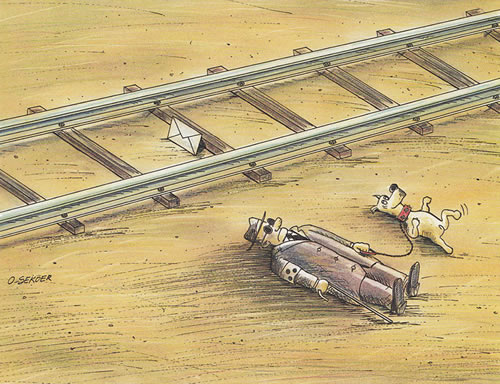
PELAYO : We agree that the ideal is a strong graphic image with strong content, but it does affect me a lot to see a weak form or weak content alike, I can't help it. But, teacher, about that, and about whatever you want, what would you advise those who are new to this world of graphic humor? And also colleagues who do not admire your work?
LUC : I've been working with humor for 40 years. This is a long and pleasant journey through the world of humor and the world of graphic techniques. This journey never stops. Every day new themes arrive and a human being is challenged by new graphic techniques ... It is ideal if they accompany you on this long journey through the rich world of art. Every visit to a museum or an art gallery is a source of inspiration for a new image. But the most important thing is: I work, a lot of work on your drawing board and in my case at least 4, 5 hours a day .
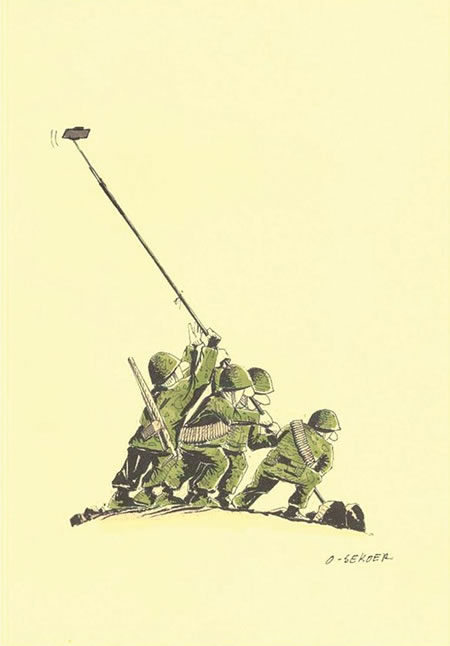
PELAYO : Good advice, but it was used to say something to those who don't like their work (if there is one, of course). And now to close, could you mention a question that you would have liked to be asked and that I did not? Could you answer it, please?
LUC : How do you describe your career as a cartoonist and what does it mean to you?
I am a retired drawing teacher. I have been working as an art teacher for 40 years in a school with students from 12 to 18 years old. It was a dream job. By showing them cartoons regularly, I learned about my own work and evaluated it better. Thanks to the many reactions to my drawings, my images have also evolved. Over the years, hundreds, thousands of my drawings have ended up in international festivals. Some of them won awards and gave me the opportunity to visit various international festivals and exhibitions and meet various cartoonists and colleagues. My drawings are my visa to the world ...
Well, Luc, I thank you infinitely for giving me attention, time, effort and neurons for this "dialogue." I just wish you continue your successes and take good care of yourself in these times.


